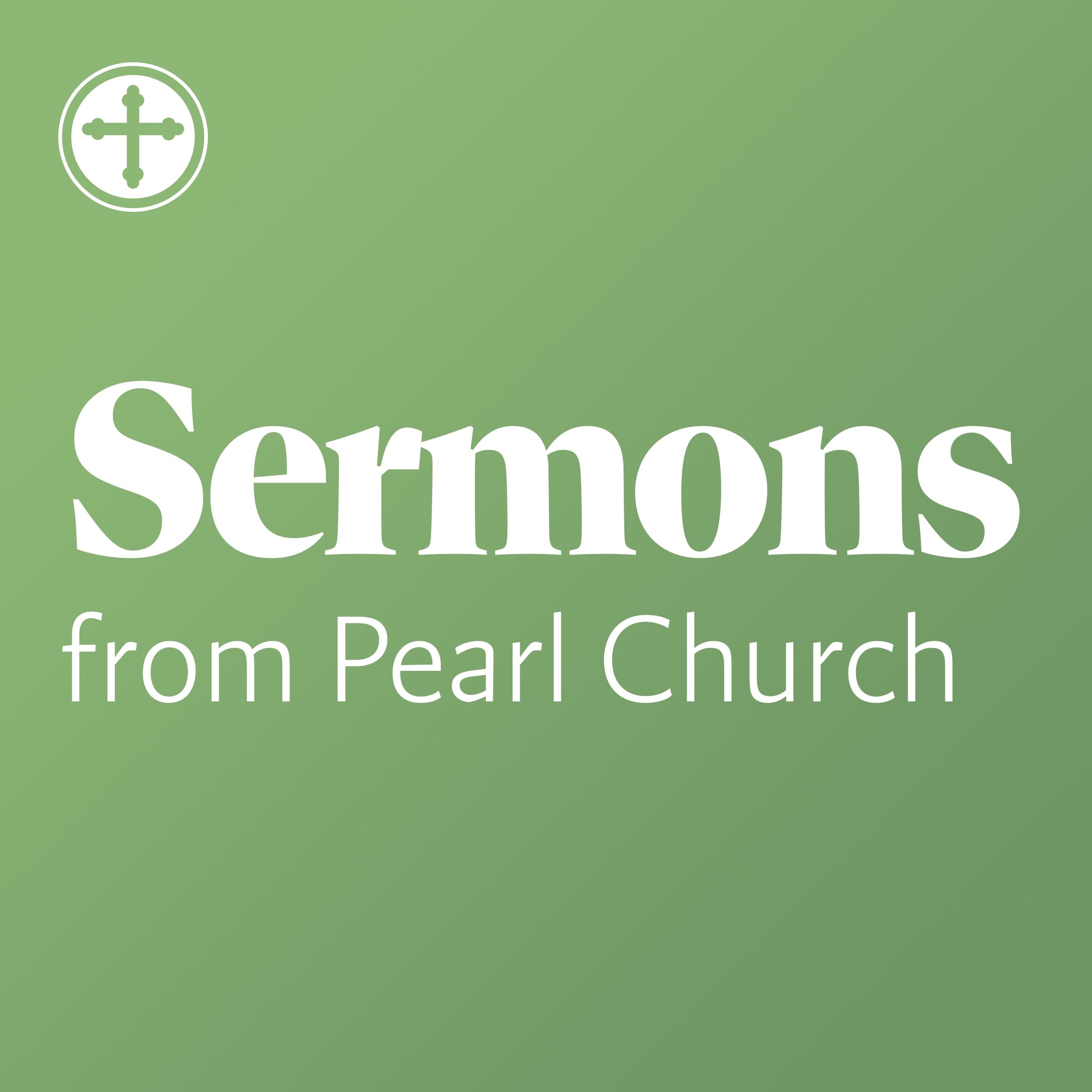Mother Mary
/The language we use to describe God shapes our perception of God. God as shepherd, God as king, God as warrior—all are metaphors that rouse images in our mind’s eye. Of course, no single word or image captures the totality of Divine essence, and some language can inhibit our imagination. Therefore, it’s important for us to reflect upon our God-language.
Throughout the centuries, the primary metaphors used to describe the Divine have been masculine. However, throughout church history and earlier, in Jewish history, there have always been feminine images used for God. If these feminine expressions are rarely used, then we risk picturing God through solely masculine metaphors. God as mother, mother bear, mother eagle, and mother hen; God as nursing mother, woman in labor, and woman searching for a coin—these expressions give fuller shape to our perception of God.
During the four weeks of Advent, this sermon series will pay special attention to feminine notions of God that elevate aspects of longing and hope for light, in the midst of darkness. We will cast an elevated vision for the Divine who is neither male nor female, but who may be more fully appreciated through language that is explicitly feminine.


